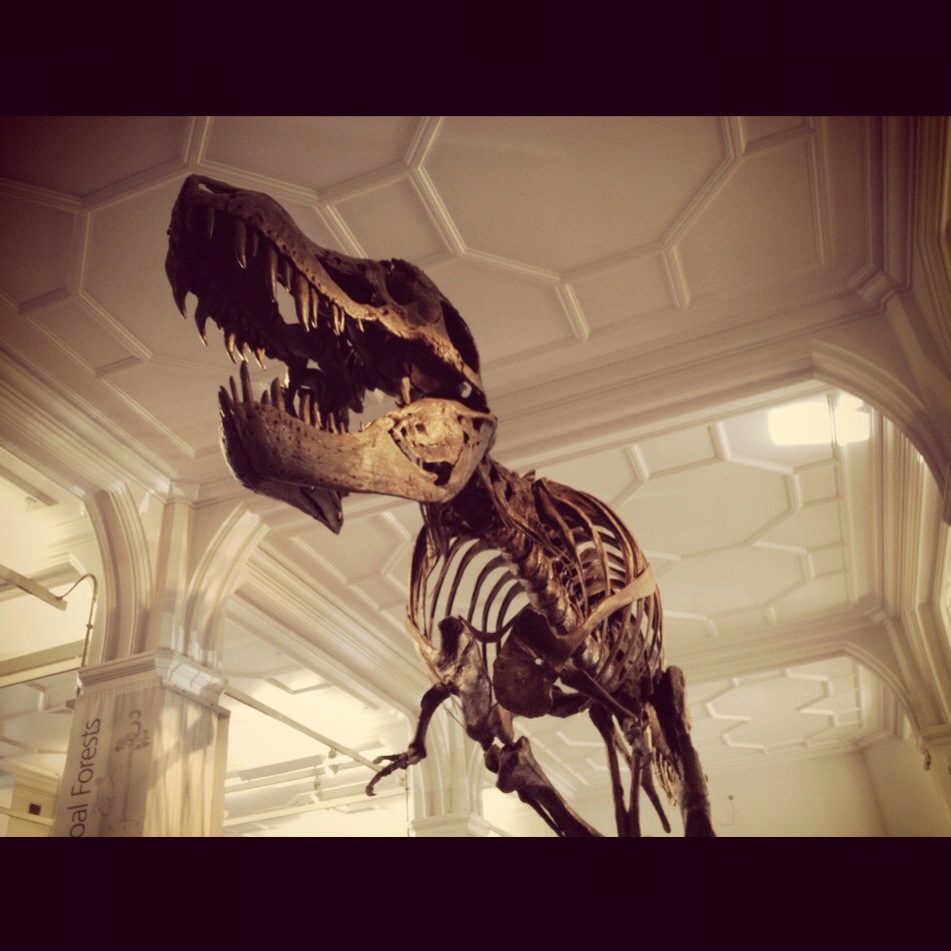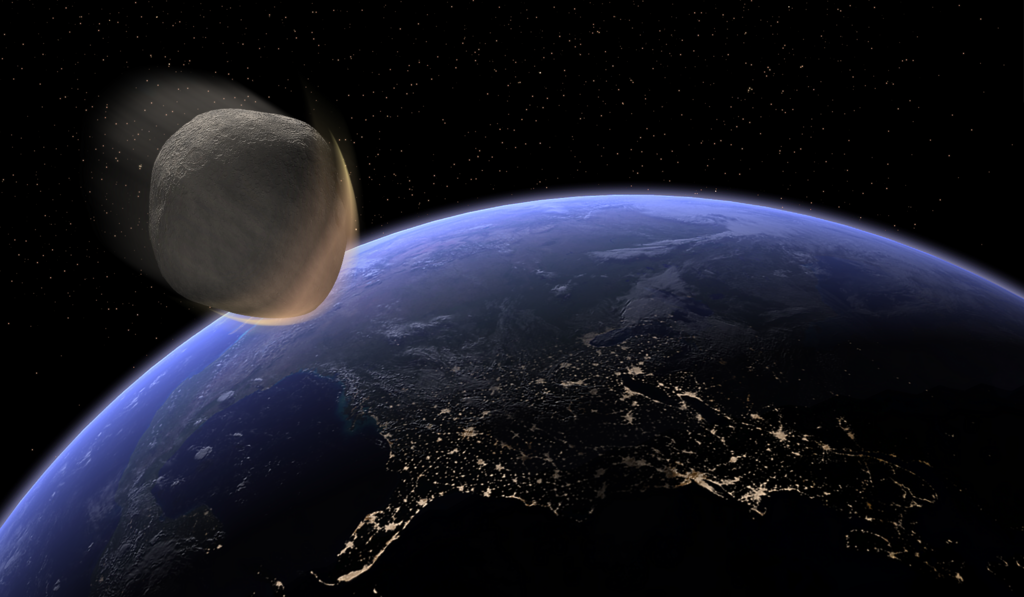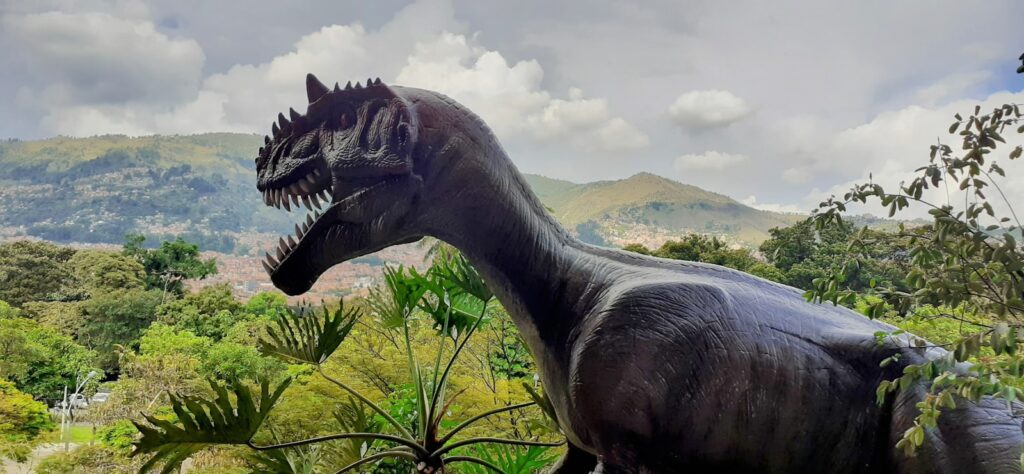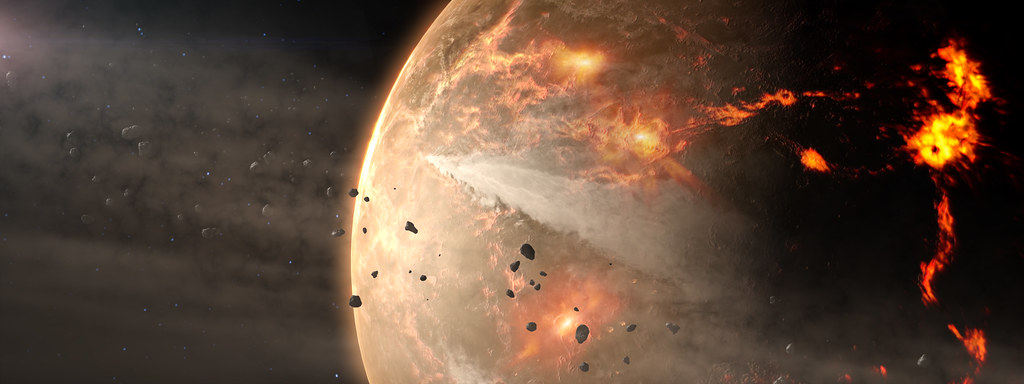Imagine standing before a towering T. rex skeleton, its massive jaw frozen in an eternal roar, and feeling that familiar mix of terror and wonder wash over you. That moment captures something profound about our relationship with these ancient giants – they’re simultaneously the most alien creatures we’ve ever discovered and the most captivating ambassadors from our planet’s deep past. For over 200 years, dinosaurs have evolved from mysterious fossil fragments into cultural phenomena that shape how we see ourselves, our world, and our place in the grand sweep of time.
The Birth of Dinosaur Mania
The story begins in 1824 when William Buckland first scientifically described Megalosaurus, launching humanity’s obsession with these “terrible lizards.” What started as Victorian gentlemen collecting curious stones quickly exploded into a full-blown cultural revolution. The discovery of complete skeletons in the American West during the late 1800s transformed dinosaurs from academic curiosities into front-page news.
The famous “Bone Wars” between paleontologists Othniel Charles Marsh and Edward Drinker Cope turned fossil hunting into a spectacle worthy of Hollywood. Their bitter rivalry captured public imagination and established dinosaurs as symbols of both scientific discovery and human ambition. Suddenly, everyone wanted to know about these incredible beasts that once ruled the Earth.
Hollywood’s Prehistoric Playground
Cinema gave dinosaurs their most powerful platform, transforming them from museum exhibits into movie stars. The 1925 film “The Lost World” first brought dinosaurs to life on screen, but it was “Jurassic Park” in 1993 that truly revolutionized how we perceive these ancient creatures. Steven Spielberg’s masterpiece didn’t just entertain – it educated millions about paleontology and sparked countless careers in science.
Modern filmmakers continue pushing boundaries with increasingly realistic portrayals. Movies like “Walking with Dinosaurs” and recent “Jurassic World” sequels blend cutting-edge CGI with scientific accuracy, creating experiences that feel almost like time travel. These films have transformed dinosaurs from static museum pieces into dynamic, living creatures in our collective imagination.
The Museum Revolution
Natural history museums worldwide have embraced dinosaurs as their star attractions, with good reason. The Field Museum’s “SUE” the T. rex draws millions of visitors annually, while the Royal Tyrrell Museum in Alberta has become a pilgrimage site for dinosaur enthusiasts. These institutions have evolved from dusty halls of static displays into immersive experiences that transport visitors back 65 million years.
Interactive exhibits now allow visitors to feel fossilized dinosaur skin, hear scientifically accurate roars, and even participate in virtual excavations. The success of these displays demonstrates how dinosaurs serve as perfect ambassadors for natural history, making complex scientific concepts accessible to children and adults alike.
Scientific Ambassadors of Deep Time
Dinosaurs have become our most effective teachers about geological time scales and evolution. They help us grasp concepts that would otherwise remain abstract – like the idea that our planet is 4.6 billion years old. When children learn that T. rex lived closer in time to us than to Stegosaurus, they begin to understand the vastness of Earth’s history.
These ancient creatures also serve as powerful examples of adaptation and survival. The discovery that birds are living dinosaurs has revolutionized our understanding of evolution and extinction. This connection makes dinosaurs not just relics of the past, but living reminders of life’s incredible resilience and adaptability.
The Psychology of Prehistoric Fascination
What makes dinosaurs so universally appealing? Psychologists suggest they fulfill several deep human needs simultaneously. They’re large enough to inspire awe yet extinct enough to feel safe, allowing us to experience controlled fear without real danger. For children especially, dinosaurs represent the ultimate power fantasy – creatures that were both fierce and magnificent.
Dinosaurs also satisfy our curiosity about life’s mysteries. They existed in a world so different from ours that imagining their lives feels like exploring alien worlds. This combination of familiarity and foreignness creates a perfect psychological sweet spot that keeps us endlessly fascinated.
Educational Powerhouses
Teachers worldwide have discovered that dinosaurs are unparalleled educational tools. A lesson about herbivores becomes infinitely more engaging when it features Triceratops, and discussions about predator-prey relationships come alive with Allosaurus and Sauropods. Dinosaurs make abstract scientific concepts concrete and memorable.
STEM education programs increasingly use dinosaurs as gateways to broader scientific learning. Students studying dinosaur biomechanics learn physics, those examining fossil formation discover chemistry, and anyone investigating dinosaur evolution encounters genetics. These prehistoric creatures serve as interdisciplinary bridges that connect multiple fields of study.
Cultural Symbols and Metaphors
Dinosaurs have transcended their biological origins to become powerful cultural symbols. We use “dinosaur” to describe anything outdated or resistant to change – from technology to business practices. This metaphorical use reflects our understanding of dinosaurs as representatives of a bygone era, though ironically, their continued cultural relevance suggests they’re anything but obsolete.
In literature and art, dinosaurs often symbolize the sublime – that mixture of beauty and terror that leaves us speechless. They represent both the majesty of nature and the fragility of existence, reminding us that even the mightiest creatures can vanish from Earth.
Economic Giants of the Modern World
The dinosaur industry generates billions of dollars annually through tourism, merchandise, and entertainment. Dinosaur National Monument in Utah and Colorado attracts over 200,000 visitors yearly, while fossil-rich areas like the Badlands become economic lifelines for local communities. These ancient creatures continue to create jobs and drive economic growth millions of years after their extinction.
The collectibles market for dinosaur-related items thrives across all price ranges, from affordable plastic toys to museum-quality fossil replicas costing thousands. This economic impact demonstrates how scientific curiosity can transform into substantial cultural and financial value.
Inspiring Future Scientists
Paleontology laboratories worldwide report that dinosaurs remain the primary inspiration for new researchers entering the field. Programs like the “Dig for a Day” experiences and junior paleontologist camps have introduced thousands of young people to scientific careers. Many of today’s leading paleontologists trace their interest back to childhood encounters with dinosaurs.
The democratization of fossil discovery through citizen science projects has created new opportunities for enthusiasts to contribute to real research. Amateur fossil hunters have made significant discoveries, proving that dinosaurs continue to bridge the gap between professional science and public engagement.
Digital Age Dinosaurs
Technology has revolutionized how we experience dinosaurs, from virtual reality experiences that let us walk among herds of Brontosaurus to augmented reality apps that place T. rex in our living rooms. Video games like “ARK: Survival Evolved” and “Jurassic World Evolution” allow players to interact with dinosaurs in ways never before possible.
Social media has created global communities of dinosaur enthusiasts who share discoveries, debate theories, and celebrate new findings. YouTube channels dedicated to paleontology reach millions of viewers, while Instagram accounts featuring dinosaur art and fossils have massive followings. These digital platforms have transformed dinosaur fascination from a solitary interest into a shared cultural experience.
Environmental Messengers
Dinosaurs have become unexpected advocates for environmental awareness and conservation. Their extinction serves as a powerful reminder of how quickly environments can change and species can disappear. Climate change discussions often reference the mass extinction event that ended the dinosaurs’ reign, making these ancient creatures relevant to contemporary environmental debates.
Conservation organizations frequently use dinosaurs as ambassadors for protecting modern ecosystems. The message is clear: if mighty dinosaurs could vanish, so too can today’s endangered species. This connection between past and present extinctions helps people understand the urgency of conservation efforts.
The Continuing Discovery Revolution
New dinosaur species are discovered at an unprecedented rate – approximately 50 per year – keeping these ancient creatures constantly in the news. Each discovery adds new chapters to their story and challenges our understanding of prehistoric life. Recent finds like feathered dinosaurs in China and evidence of social behavior have revolutionized how we visualize these creatures.
Advanced technologies like CT scanning and computer modeling are revealing secrets locked in fossils for millions of years. We can now determine dinosaur colors, study their growth patterns, and even analyze their last meals. These ongoing discoveries ensure that dinosaurs remain dynamic subjects of scientific inquiry rather than static museum pieces.
Global Cultural Phenomena
Dinosaurs have achieved true global cultural status, transcending language and cultural barriers. From Japanese kaiju films to Chinese fossil discoveries, every culture has embraced these prehistoric giants in unique ways. International collaborations in paleontology have created a worldwide community united by shared fascination with these ancient creatures.
Different cultures interpret dinosaurs through their own mythological and artistic traditions, creating diverse representations that enrich our collective understanding. This global embrace demonstrates how dinosaurs have become universal symbols that connect humanity across geographical and cultural boundaries.
The Future of Dinosaur Culture

As we look ahead, dinosaurs show no signs of losing their cultural relevance. Emerging technologies like advanced AI and biotechnology promise new ways to study and experience these ancient creatures. The possibility of de-extinction research, while still highly speculative, adds an exciting dimension to dinosaur discussions.
Virtual and augmented reality technologies will likely create even more immersive dinosaur experiences, while artificial intelligence might help us understand dinosaur behavior and ecology in unprecedented detail. The next generation of dinosaur enthusiasts will have tools we can barely imagine today.
Dinosaurs have evolved from mere fossils into something far more significant – they’ve become mirrors reflecting our deepest questions about life, time, and our place in the universe. They teach us about resilience and adaptation while reminding us of mortality and change. In our modern world of rapid technological advancement and environmental challenges, these ancient giants offer both inspiration and caution. They show us that life finds remarkable ways to flourish, even as they remind us that nothing lasts forever. Perhaps that’s the most profound gift dinosaurs give us – the wisdom to appreciate the present while learning from the past. What other creatures could simultaneously make us feel so small and so connected to the grand story of life on Earth?




